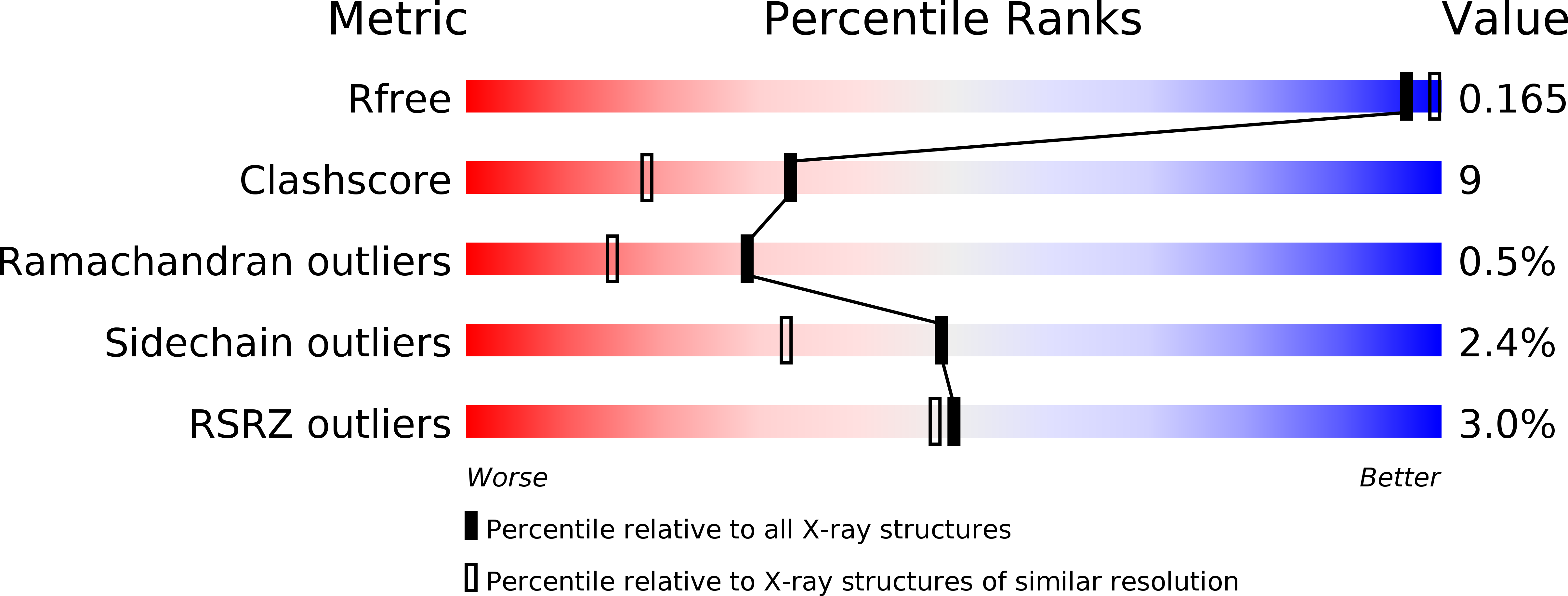
Deposition Date
2019-04-10
Release Date
2020-03-04
Last Version Date
2023-11-22
Entry Detail
PDB ID:
6JT7
Keywords:
Title:
Crystal structure of 452-453_deletion mutant of FGAM Synthetase
Biological Source:
Source Organism:
Salmonella typhimurium (Taxon ID: 90371)
Host Organism:
Method Details:
Experimental Method:
Resolution:
1.86 Å
R-Value Free:
0.15
R-Value Work:
0.12
R-Value Observed:
0.12
Space Group:
P 65


